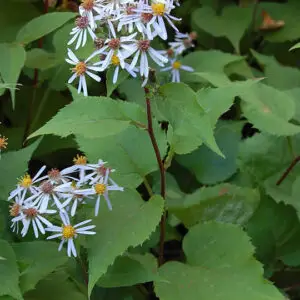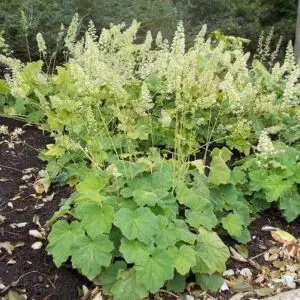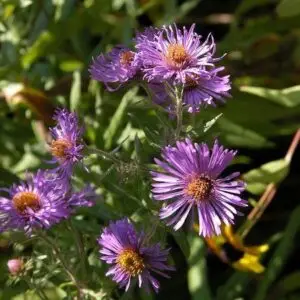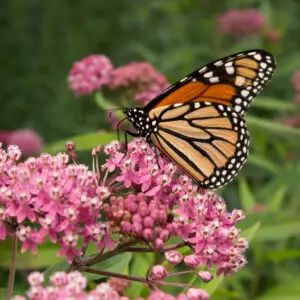| Size | Trade Gallons, Two Gallons, Three Gallons |
|---|
Chionanthus virginicus – Fringe Tree(BD.DRGHT.FC.H.M.OP.SPC)
$40.00
Ecosystem Services:
(B)-Birds (B&B)-Birds & Butterflies
(BTF)-Butterflies (BW)-Black Walnut Resistant
(DR)-Deer Resistant (DRGHT)-Drought Resistant
(EC)-Erosion Control (EVR)-Evergreen
(FC)-Fall Color (FRG)-Fragrant
(GRD)-Groundcover (H)-Host plant
(HMR)-Hummingbirds (M)-Mammals
(MTH)-Moths (N)-Nectar
(NB)-Native Bees (NST)-Nesting Material
(OP)-Other pollinators (RR)-Rabbit Resistant
(SHWY)-Showy (SPC)-Specimen Plant
The fringetree is a small, deciduous tree in the olive family (Oleaceae) native to the eastern U.S. This plant grows best in full to part sun with the best foliage in partial shade and the best flowering in full sun. Plant in average to rich, well-drained neutral to alkaline soil. It can tolerate clay soil, however, and also tolerates some drought. Small plants are best transplanted when young because larger plants resent disturbance at their roots.
Fringetree generally grows from 12 to 20 feet tall and wide, with a multi-stemmed rounded habit, though it can be trained into a single trunk. Fringetree grows about 6 to 10 inches each year. In late spring, fragrant flower clusters with creamy white fringe-like petals appear. The showy blue-black fruits, maturing in late summer, provide a food source for birds and wildlife. A clear yellow color appears to provide some brightness to the fall landscape, and the bark, with its scaly dark brown ridges and red furrows, brings winter interest.
This species is dioecious, meaning there are both male and female trees.
Host plant for several species Sphinx Moths and the Fall websorm.





